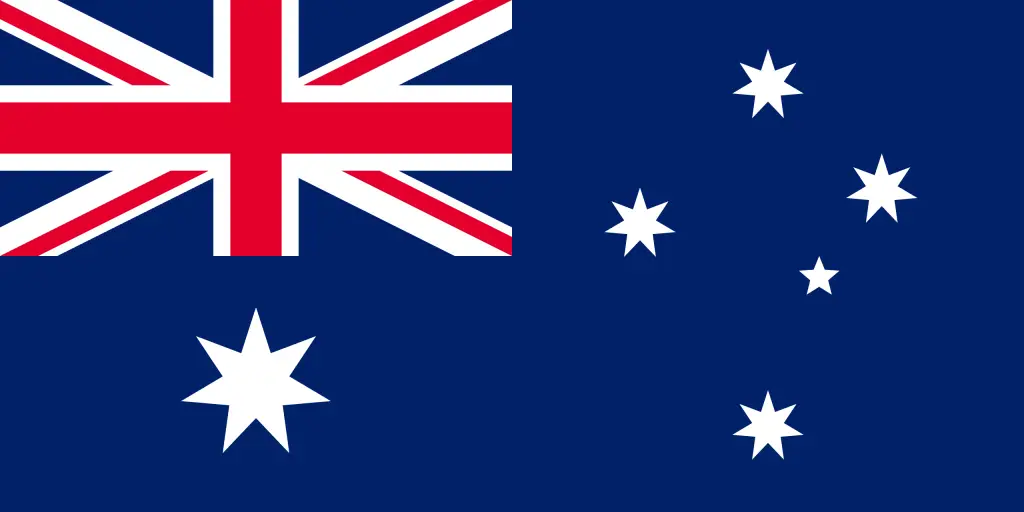Country Information
| Sovereign State | No (Australian External Territory) |
| Country Codes | CC, CCK, 166 |
| Official Name | Territory of Cocos (Keeling) Islands |
| Continent | Asia (Geographically), Oceania (Politically) |
| Capital | West Island |
| Government Type | Non-self-governing external territory of Australia |
| Currency | Australian Dollar (AUD) |
| Calling Code | +61 |
| Member Of | Part of Australia; participates in international affairs through Australia |
| Population | Approx. 600 (as of 2023) |
| Total Area | 14 square kilometers |
| Highest Point | Unnamed location on West Island (9 meters or 30 feet) |
| Lowest Point | Indian Ocean (0 meters or 0 feet) |
| GDP Per Capita | N/A |
| Life Expectancy | N/A |
| Internet TLD | .cc |
National Anthem
As a territory of Australia, the Cocos (Keeling) Islands do not have their own national anthem. They use “Advance Australia Fair,” the national anthem of Australia.
Flags of Neighboring Countries


History of the Cocos Islands Flag
The flag of the Cocos (Keeling) Islands was adopted on April 6, 2004. The flag’s design reflects the unique identity and history of the islands while acknowledging their ties to Australia.
The flag features a green background representing the lush vegetation of the islands. In the center is a gold crescent moon symbolizing the island’s large Muslim population, and a gold southern cross, a feature also on the Australian flag, representing the island’s historical ties to Australia.
The flag was the result of a local design competition and community consultation process. The chosen design aims to represent all the people of the Cocos Islands and symbolizes unity, community, and the islands’ distinctive culture and heritage.
Though the flag is not officially recognized by the Australian government, it is widely used on the islands and serves as a symbol of the local culture and pride of the Cocos Islands community. The flag is a representation of the islands’ unique geographical, cultural, and historical features, distinguishing it from mainland Australia while also acknowledging its status as an Australian territory.

